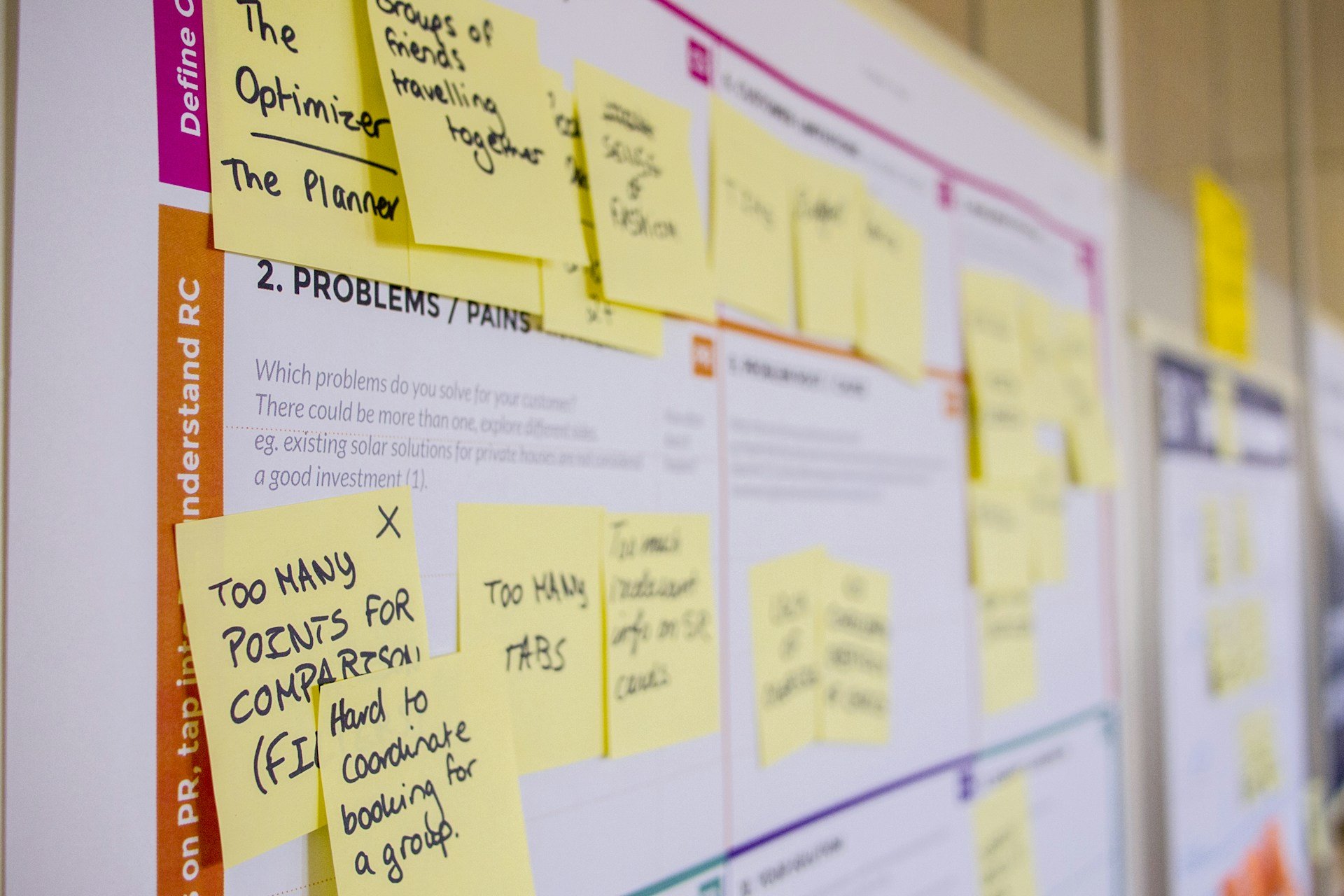
Things are changing all the time now. Leaders who follow agile methodologies and ways of working create a workforce that is creative, problem-solving, and ready for any challenge. Agility in leadership is a set of ideas and actions that help people be more effective, efficient, and productive.
Checking in often and finding problems early on are essential parts of the agile development methodology because they help teams work better together and keep the work going. Agile methodology relies on repeated bursts of short time cycles to get work done in a certain amount of time, even if it is not perfect the first time.
Using agile methodology, leaders try to eliminate things that get in the way of success so that workers can be more efficient and effective. An agile leader often checks in with their teams so problems can be brought up and fixed quickly. Iterative work is one of the things that makes the agile method unique. Leaders who use agile project management methodology encourage their teams to try new ways of working, test new ideas quickly, and improve them over time.
Open conversations are important for staying aware of things that could affect success in agile leadership. As problems come up, agile leaders deal with them head-on and help their teams reach their goals.
Agile project management methodology relies less on old rules and procedures and more on keeping procedures up to date and making the most of each employee's skills to help them do better work. They spread power around and know how important it is to listen to employees on the front lines. Failures and setbacks are seen as chances to learn and improve in agile project management methodology. An iterative method lets different parts of the company try new things, learn from their mistakes, and make changes that lead to better outcomes.
3 Principles of Agile Leadership
Key ideas in agile management give leaders the tools they need to build teams that are flexible, work well together, and do great work. Some of the basic rules that make agile leadership work include:
- Giving teams power and trust: Agile development is based on the idea that people and groups can organise themselves and make good choices when they are trusted and given freedom. Agile leaders ensure their teams have clear goals and visions, encourage them to work together, and eliminate any issues getting in the way. They promote a culture of responsibility, owning things, and continually improving.
- Change, acceptance and adaptation: Being agile means changing and adapting quickly. Agile leaders see change not as a problem but as a chance to do something better. They encourage teams to try new things and learn from their mistakes by creating an environment that is open to experimentation. Agile leaders are willing to listen to their employees, help them learn, and change their minds if they get new information or the market changes. They know that being flexible is essential for adapting to changing customer needs and the way business is done.
- Improving communication and teamwork: Agile leadership knows how important it is to work together and communicate clearly when it comes to getting things done. They encourage clear and honest communication throughout the company, which sets up feedback loops. Also, these leaders stress how important it is to talk about goals, priorities, and expectations. This helps teams make decisions based on good information.
An agile project management certification online can be very valuable and help one improve their skills. If you are seeking agile project management courses, Agile Consultancy has you covered.
Leave Your Comment Here